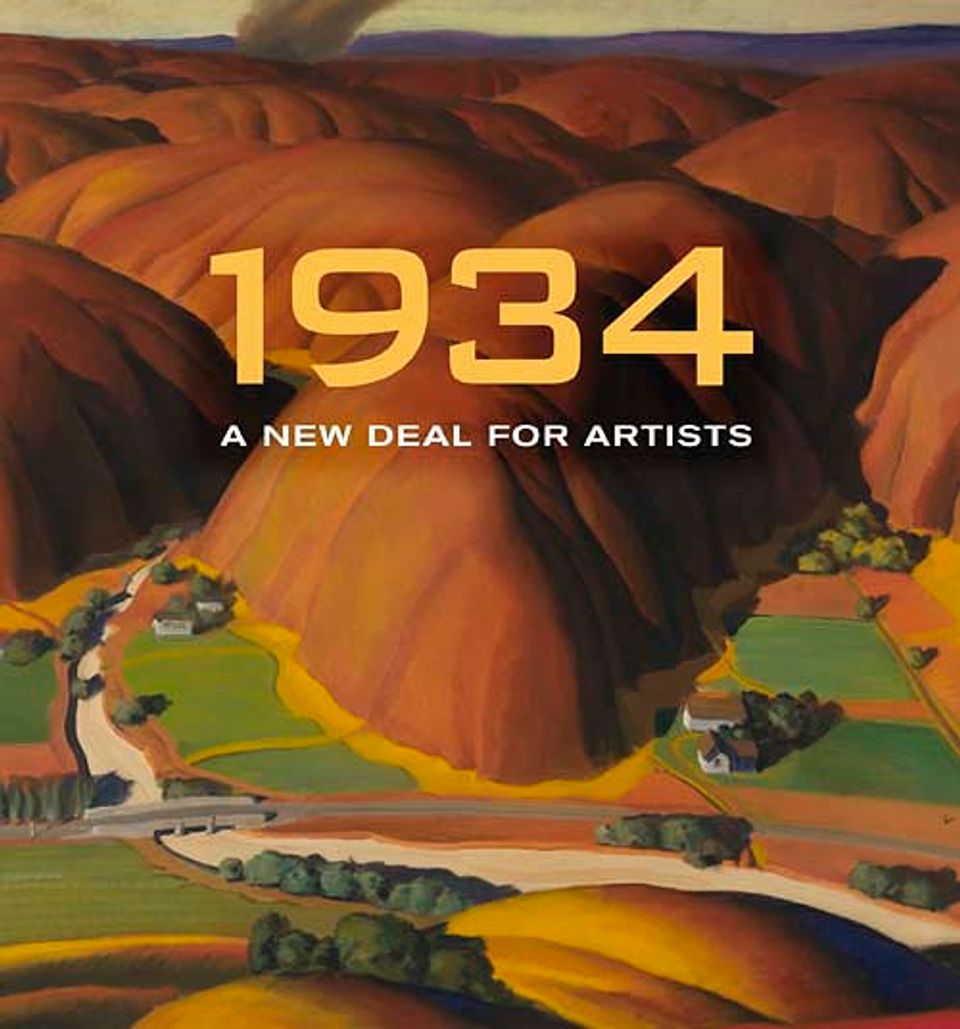Artwork Details
- Title
- Radio Broadcast
- Artist
- Date
- 1933-1934
- Location
- Not on view
- Dimensions
- 40 1⁄8 x 55 5⁄8 in. (102.0 x 141.2 cm.)
- Credit Line
- Transfer from the U.S. Department of Labor
- Mediums
- Mediums Description
- oil on canvas
- Classifications
- Subjects
- Occupation — communication arts — broadcaster
- Object — other — microphone
- New Deal — Public Works of Art Project — Washington, D.C.
- Performing arts — music — saxophone
- Performing arts — music — trombone
- Performing arts — music — voice
- Figure group
- Object Number
- 1964.1.66
Artwork Description
Artist Julia Eckel used tightly spaced figures and controlled gestures to illustrate the close cooperation among star actors, secondary players, and musicians performing live on the air. The painting shows musicians playing during an interlude in the action as the leading lady, dressed in red and green, stands poised to speak her next line. Viewers of the painting, like radio listeners, feel the tension as they wait for the action to resume. Eckel kept her visual drama taut by leaving out such distracting practical details as the scripts and sheet music, which are prominent in publicity photographs of radio performances.
1934: A New Deal for Artists exhibition label















